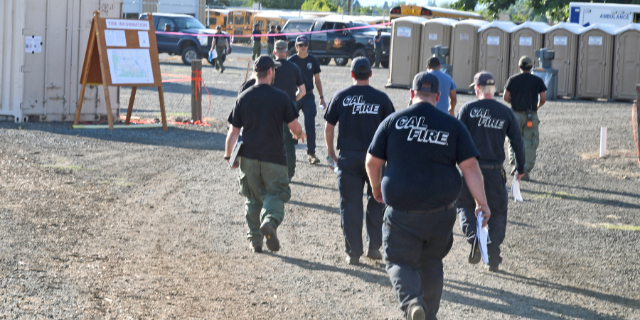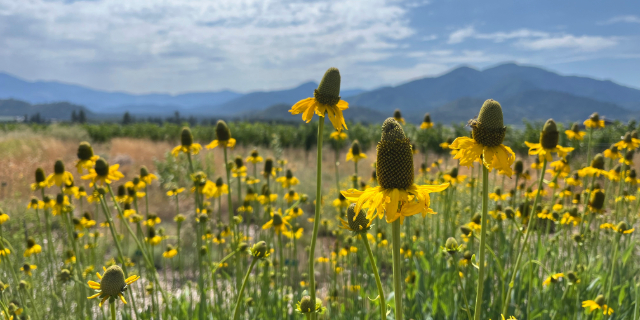Rogue Valley will only get sliver of a view of Monday’s total solar eclipse
Published 10:00 am Sunday, April 7, 2024

- People watch the partial solar eclipse from Daley Plaza in downtown Chicago on Aug. 21, 2017.
Another total solar eclipse is about to cross the United States, sending people flocking to parks, hotels and music festivals to witness the astonishing astronomical event. Just don’t expect much of a show in the Rogue Valley on Monday morning.
Trending
Unlike the 2017 eclipse, when Oregon became the epicenter of big event, things will be a lot quieter in the Pacific Northwest this time around. (Oregon did get a pretty good “Ring of Fire” eclipse in October 2023.)
While technically in the path of the April 8 eclipse, our region will be far from the path of totality, a narrow band in which people can actually witness the “total” part of a total eclipse.
That band will be crossing over Texas, Oklahoma, Arkansas, Missouri, Kentucky, Illinois, Indiana, Ohio, Pennsylvania, New York, Vermont, New Hampshire and Maine, as well as parts of Mexico and Canada this time around.
Trending
Those outside the path of totality will see only a partial solar eclipse of varying degrees, depending on how close or far away they are. For this eclipse, the Pacific Northwest is about as far away as you can get.
According to NASA, the Rogue Valley will only see around 20% to 25% obscuration, meaning the moon will appear to take only a small bite of the sun. Those in southeast Oregon will be able to see a little more, getting up to 35% obscuration in the far corner of the state.
In Medford, the partial solar eclipse will begin at 10:25 a.m. April 8, reaching its maximum eclipse at 11:20 a.m. and ending at 12:17 p.m., according to Time and Date. As of Friday afternoon, the National Weather Service in Medford was predicting mostly sunny skies Monday morning, according to its website.
The event will not be visible except with special eclipse glasses. Looking at the sun without protection, even for a short period of time, can do serious and long-lasting damage to your eyes.
Jim Todd, space science director for the Oregon Museum of Science and Industry, said those east of the Cascade Mountains will have the best weather conditions for seeing the eclipse. In April, both the Willamette Valley and the Oregon coast tend to see cloudy or foggy mornings, he said.
OMSI will be hosting a partial eclipse celebration April 8 in Portland, with eclipse-themed treats, space science activities and an educational presentation, Todd said. There will also be a live stream from cities inside the path of totality.
It will be a while until another total solar eclipse crosses the country. A total eclipse will cross over Montana and the Dakotas on Aug. 22, 2044, and another will sweep across the country, from Northern California to Florida, on Aug. 12, 2045.









